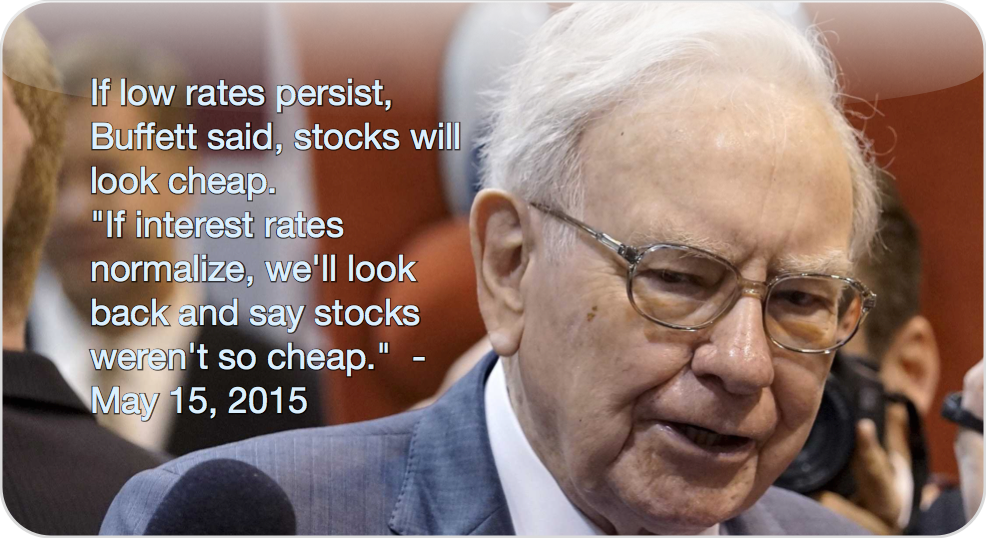by Cullen Roche, The Pragmatic Capitalist
Bloomberg has an eye catching piece on their site about the market’s high valuation according to a ratio called Tobin’s Q. The article is an eye grabber for two primary reasons:
- The article scares you into thinking something disastrous could be on the verge of occurring by playing up the similarities to the Nasdaq bubble and the Depression.
- The article is a call to authority by citing the work of a Nobel Prize winning economist.
But how useful is this ratio in reality? In my view, not very. And the problem, as I’ve explained before, is that it tries to apply a historical concept of mean reverting “value” in a world where the concept of value could be (and likely is) totally dynamic. This leads investors to believe that macro valuation metrics are useful when they could be little more than dynamic ratios that tell you virtually nothing about the current market environment.
How do we know? Well, just look at history. I’ve studied these metrics closely over the years and even cited them here, but I’ve never been able to incorporate them into my work in any useful way. For instance, the Q ratio has been well above its historical average for most of the last 25 years. If you sold stocks when the ratio was above its historical average you’ve missed out on some huge gains. If you BOUGHT the S&P 500 in January 1996 when the ratio passed 1 you would have never lost a dime over the ensuing 7 years including the tech bubble.
Better yet, look at the number of times this ratio has been cited during the most recent bull market as a reason to exit stocks:
- In November of 2009 Smithers said equities were 40% overvalued (see here also).
- In December 2010 Smithers said equities were 70% overvalued.
- In March of 2012 Smithers said equities were 50% overvalued.
- And now we hear the citation about an 80% overvaluation.
How is any of this useful for constructing a portfolio? According to this metric you should have sold stocks every year of the current bull market. Of course, this doesn’t mean stocks aren’t overvalued or that they can’t fall at present. But repeating the same old tired “overvalued” nonsense based on this metric isn’t going to help you time the market or sidestep the next bear market. In fact, relying on this metric has become a pretty reliable way to miss out on gains. Unfortunately, that won’t stop the financial press from trotting it out every year so long as you allow your biases to feed their need for page views….
Copyright © The Pragmatic Capitalist













